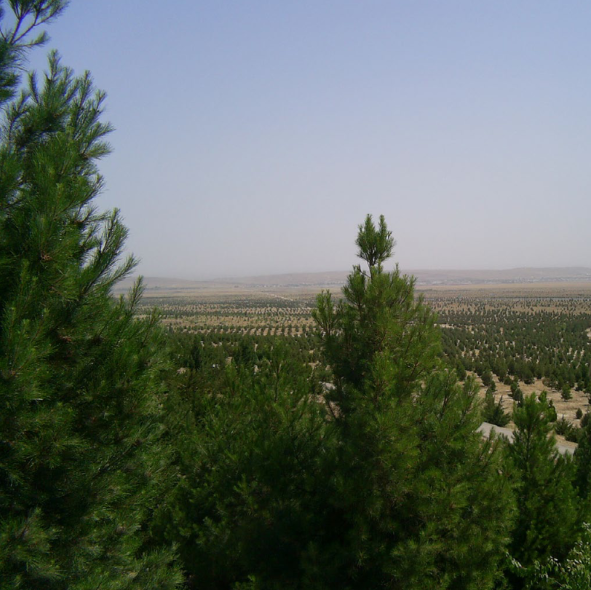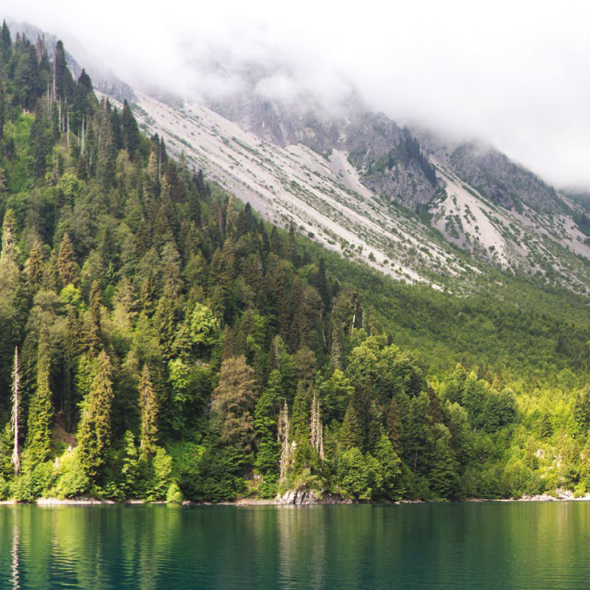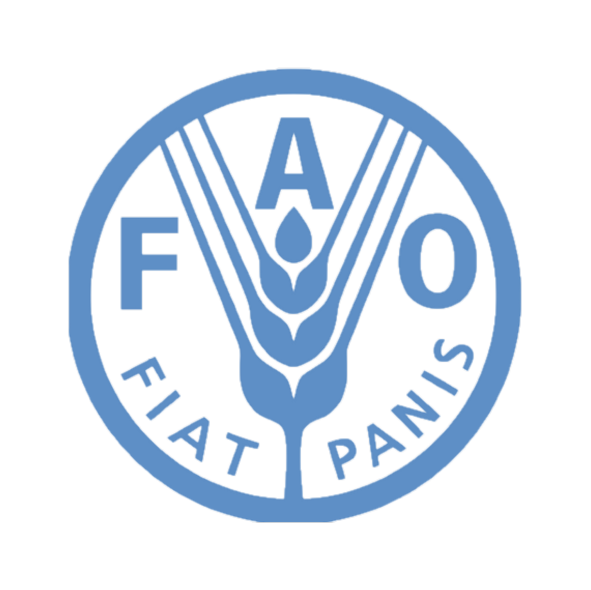Country Profile: Turkmenistan
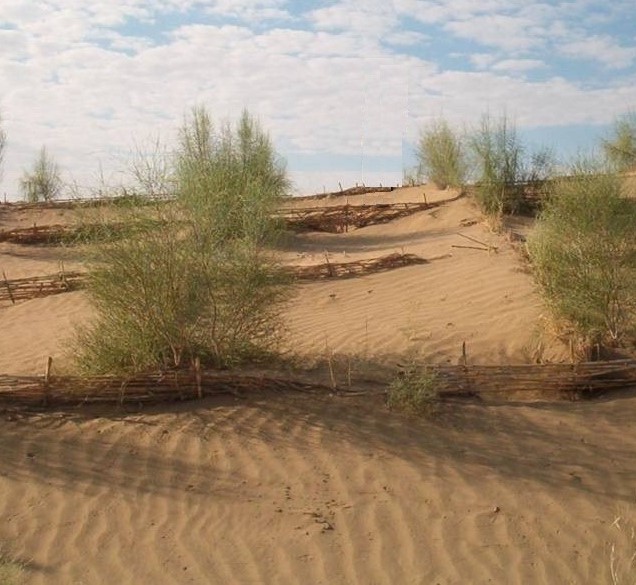
Surface area: 491 thousand sq. km
Population, total: 5.7 million
Population density: 13.2 people per sq. km of land area
Human Development Index (value): 0.715
Share of rural population: 47.7%
GDP per capita: 6 586 USD
Land use structure:
80% of the country's territory is occupied by deserts, where more than 90% of the forested area is concentrated. The bulk of the desert land is used as grazing land. Irrigated lands occupy about 2 million hectares where agricultural crops are mainly grown and concentrated along the rivers. The mountainous part of Turkmenistan occupies more than 5 million hectares, where mountain forests of coniferous, deciduous and nut-bearing species are concentrated.

Forest cover: 8.75% (according to National Forestry Program, 2021)
Most forests are mountainous
Forest area: 4 309 thousand ha (according to National Forestry Program, 2021)
Share of protected forests: all forest area is protected, including 104 thousand ha of forests in specially protected areas
Forest-dependent population: around 20% (according to experts’ estimation)
There are three major drivers of forest degradation and deforestation:
- negative impact of climate change (e.g., frequent droughts, high temperatures, etc.)
- unregulated grazing
- illegal logging.

Forest ownership: 100% owned by the state
Forest management bodies: the Ministry of Agriculture and Environment Protection of Turkmenistan and its subordinate bodies, the Department of Forestry and the Service for Forest-Seed Farming and Natural Parks Protection. The key role in forest management is played by the Department of Forestry and its 7 forest enterprises (leshozes), whose activities on the ground are implemented under the Department of Forestry’s supervision. Some ministries have formed their own forestry units to deal with tree planting. The Department of Forestry realizes and coordinates all actions in the sphere of rational forest management, organization of forest nurseries, forest planting and growing, and the planting of other greenery.
Responsibility for policy formulation: the Department of Forestry and the Service for Forest-Seed Farming and Natural Parks Protection of the Ministry of Agriculture and Environment Protection of Turkmenistan.
Forest policy objectives: national forest policy is focused on protection of forests, afforestation and reforestation and sustainable forest management:
Main policy documents: Forest Code (2011), National Strategy of Turkmenistan on Climate Change (2019), Program of the President of Turkmenistan for the socio-economic development of the country for 2019-2025 (2019), National Forestry Program of Turkmenistan for 2021-2025 and the Action Plan for its implementation (2021), National Aral Program of Turkmenistan for 2021-2025 (2021)
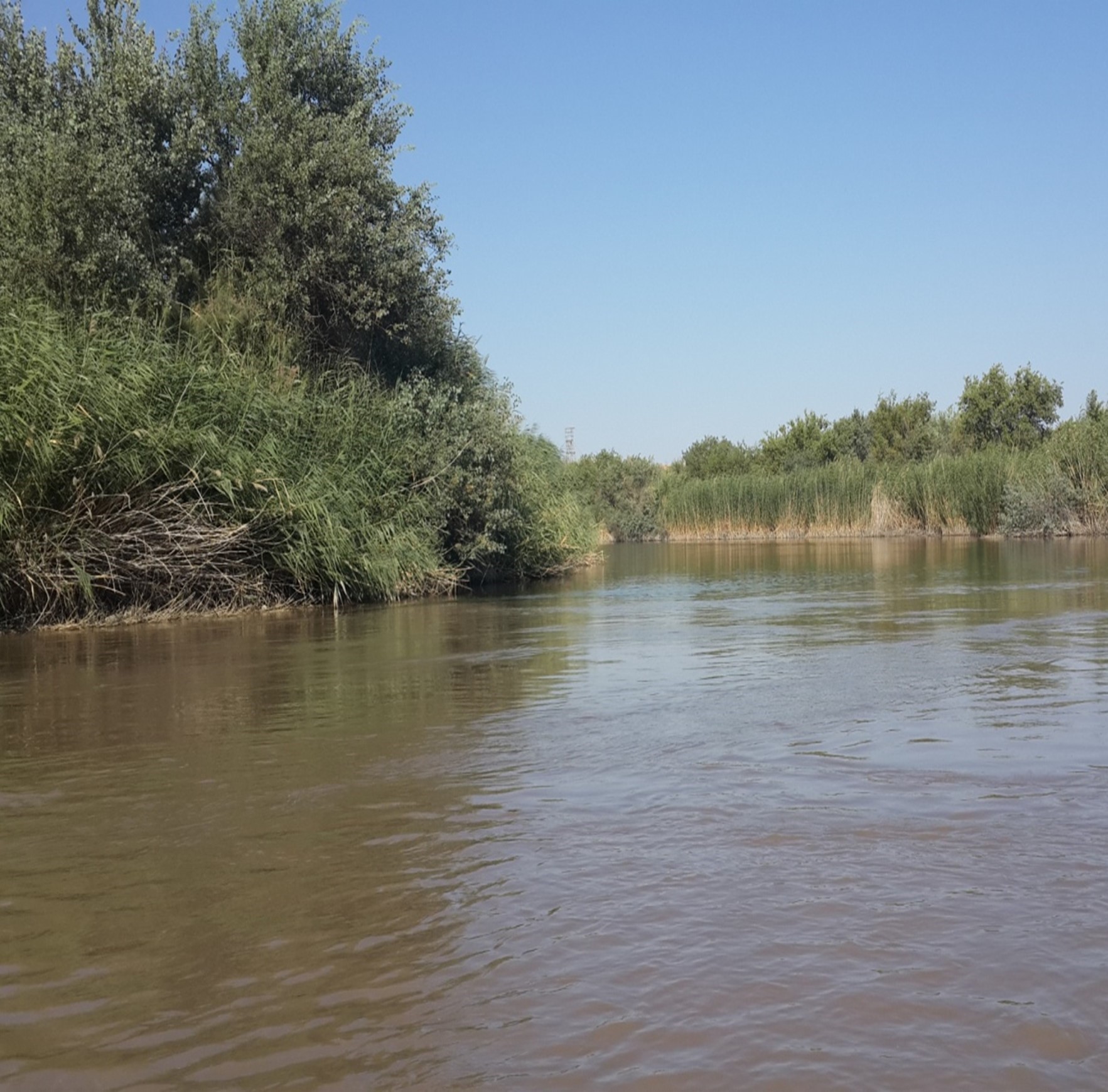
Share of degraded forest: to be identified
Implemented restoration:
- from 2009 to 2018: reforestation activities occurred on a total area of 42000 ha
- from 2018 to 2022: reforestation activities on the area of 74000 ha
Restoration needs: desert, mountain, and tugai forest, shelterbelts along agricultural fields, some areas with planted forest (according to the National Forestry Program)
Country target for forest restoration/ afforestation: approximately 30,000 ha will be forested by 2025. According to the National Forestry Program of Turkmenistan, planting of 3 million seedlings annually for the period 2021-2025 is envisaged.
Restoration potential: to be identified
Restoration challenges: intensified impact of climate change and excessive grazing of livestock, which negatively influencing the natural regeneration processes.
Forestry on the territory of Turkmenistan is valuable as a source of food products, raw materials for medicine and the production of dyes, ornamental plants, seeds of various plant species, and is also the main sink of carbon - the main greenhouse gas. The following challenges in forest landscape restoration identified by the national forestry experts:
The climate of Turkmenistan is one of the harshest in the Central Asian region. The highest air temperatures and the lowest precipitation are observed in recent years comparing with the region average. Further increase of climate extremes is expected on the territory of Turkmenistan: an increase in air temperature and a decrease in precipitation, as well as an increase in the number and strength of natural hydrometeorological events.
The average annual air temperature in the country increases by 0.18-0.2 °С over a decade. The greatest risk for the country's socio-economic situation is posed by drought, the occurrence of which is caused by high air temperatures and a shortage of water resources.
The increasing scarcity of water resources due to climate change there are necessitates further strengthening of the legislative and regulatory framework for water resources management in Turkmenistan.
Due to climatic variability, there are risks of biodiversity loss, change in species composition, reduction in habitat, and spread of insect and pests.
To increase the resilience of ecosystems and forestry to climate change, the following is needed:
to improve national mechanism of economic incentives in forestry;
• to cultivate of high-quality planting material of local plant species resistant to arid conditions;
• to apply of water-saving technologies in the creation of forest areas;
• regulation of livestock grazing and promoting natural regeneration in natural forest landscapes;
• improvement of technical support and equipping of forestry enterprises with transport and forest planting facilities;
rational use of non-timber forest products;
• incorporate biodiversity management objectives into the economic sector;
• increasing the economic potential of specially protected natural areas.
In order to further improve implement the restoration activities and improve their quality, it is necessary to conduct comprehensive scientific research and develop new knowledge for better restoration outcomes.
Considering lack of inventory data forest degradation and their restoration potential is not fully assessed in the country. The following opportunities in forest landscape restoration exists:
significant experience in the restoration of forest landscapes accumulated during the years of independence of Turkmenistan (during independence, more than 100 million seedlings of various plants have been planted on an area of 150 thousand hectares)
availability of significant areas for the restoration of landscapes
policy support:
• successful implementation of the first National Forestry Program (2013-2020) and the adoption of a new National Forestry Program (2021-2025)
• successful implementation of the first National Strategy on Climate Change of Turkmenistan (2012-2020) and the adoption of a new National Strategy on Climate Change of Turkmenistan (2021-2025)
• available legal and regulatory framework for the restoration of forest landscapes and the creation of green plantings at the national level
• consideration of climate change in forest restoration activities:
• due to changing the forest growing conditions, more careful selection of tree and shrub species is being carried out
• water-saving technologies are being introduced in forestry enterprises in the areas with irrigation water supply
• fire prevention measures and pest and disease control are carried out, protection measures are organized
• involving of private sector in the creation of nut-bearing species plantations (pistachio, almond, and walnut)
• practical assistance and support of international organizations in the implementation programs and application of advanced technologies (FAO, GIZ, UNDP, UNEP, UNECE, CAREC, etc.)
• production and cultivation of planting materials considering changing soil and climatic conditions
• application of advanced methods for the ongoing forest inventory.
